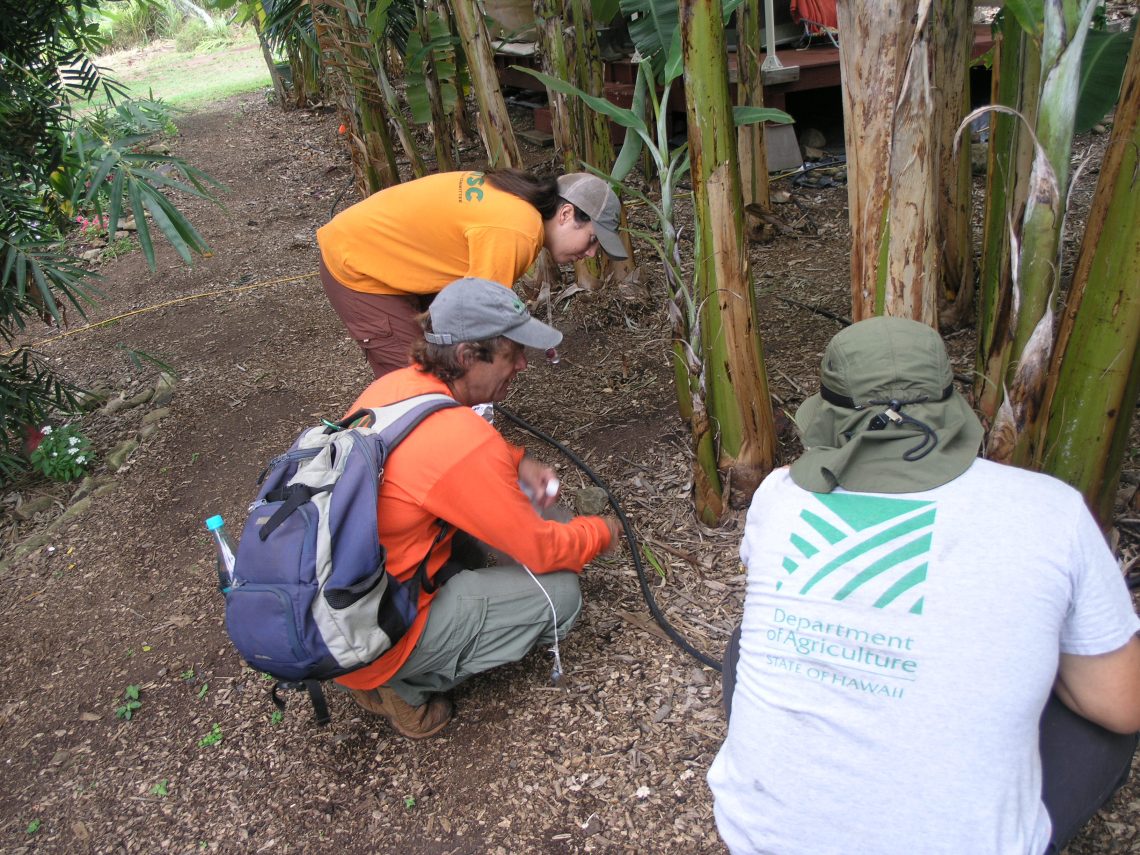‘Tis the season, and tradition calls for pine trees to decorate Maui residents’ homes, although there are many palms decorated…
Read More
volunteer opportunity
Get involved! Help survey for Little Fire Ants Saturday, October 22.
Little fire ants (LFA) are devastating communities across the Pacific. Passive and deceitfully small in size, these South American imports…
Read More

